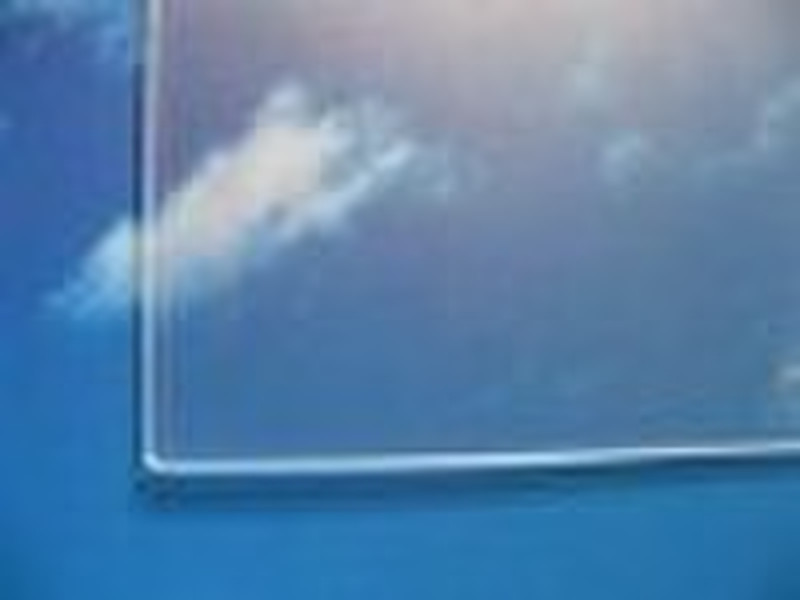Каталог
-
Каталог
- Автомобили и мотоциклы
- Безопасность и защита
- Бизнес
- Бытовая техника
- Бытовая электроника
- Детали машин и услуги по их изготовлению
- Дом и Сад
- Здоровье и медицина
- Игрушки и хобби
- Изделия из металла
- Измерительные и анализирующие приборы и инструменты
- Инструмент
- Красота и личная гигиена
- Мебель
- Мероприятия по охране окружающей среды
- Минералы и металлургия
- Модные аксессуары
- Обувь и аксессуары
- Одежда
- Освещение
- Подарки, сувениры
- Продовольственные товары и напитки
- Промышленное оборудование и техника
- Резина и пластмассы
- Сельское хозяйство
- Специальное оборудование
- Спорт, отдых и досуг
- Сток
- Строительство и недвижимость
- Текстиль и кожа
- Телекоммуникации
- Товары для офиса, учебы. Канцтовары
- Транспорт
- Упаковка и печать
- Химикаты
- Часы, Украшения, Очки
- Чемоданы, сумки
- Электронные компоненты, оборудование, принадлежности
- Электротехническое оборудование и принадлежности
- Энергия
Filters
Search
Солнечная Стекло с низким содержанием железа рисунком
ориг. цена: 8,00 USD
Уси, Китай
Объем производства:
100000 Штука / Месяц

Carl Zhao
Контактное лицо
Основные данные
Base glass materialGlass Properties Maximum iron content £ 0,015% Fe2O3Glass thicknesses/tolerance 3,2mm and 4mm ± 0,2mmSolar energy transmittance TEin % Measurement by UV-Vis-Spectrometer (acc. ISO 9050:1990(E) and DIN 67507 / 6.3., factors acc. ISO 9845/1, 380-1200 nm, AM 1.5) MMSM3,2mm91,191,14mm91,091,0Weight2.5 x glass thickness in kg/m²Surface condition (Surface Roughness ) MM GlassFront and back side mattRa0.5-1.7µmSM GlassFront side matt and back side patternedRa(matt) 0.5-1.7µmGlass quality per sheet: Test criteria (EN 572-5; 1994 / 5.1.1.1): Viewing distance 1,5 m vertical to the sheet parallel to a matt grey sheet at a distance of 3m in diffuse daylight Bubbles/Core/Solid inclusions < 0,5mm unlimited0,5 - 1,5mm1,5 – 3,0mm> 3,0mm620Longitudinal: Bubbles/Core/Solid inclusionsLength (mm)4-1010-25>25Width < 1mm410Width 1-1,5mm200Width > 1,5mm000Scratches:Scratch length<5mm5-10mm10-25mmScratch width < 1 mmScratch width > 1 mm402000Dimensional accuracy Dimensions*1rectangular3,2mm max. 2200 x 1700mm min. 200 x 250mm 4 mm max. 2500 x 1800mm min. 200 x 250mm Dimensional tolerance ± 1,0mmAngularity 2mm/m (Maximum diagonal difference 3mm)Edge processing At least seamedShells L x W x D Maximum permissible 12 x 1,0 x0,5mmCut corners Maximum 3mmPlanity General bow : Fully tempered glass3mm/mLocal bow: Fully tempered glass0,5mm/300mmMechanical Properties Compressive strength: Fully tempered 700-900 N/mm2Mechanical resistance: Fully tempered glass (bending strength) 90 N/mm²Minimum values from the particle count: Fully tempered glass: Number of fragments per a test area of 50 x 50 mm 3,2mm minimum 304mm minimum 40 Longest fragment: 50mmHeat resistance Thermal resistanc Permanent temperature resistance up to 250°CGlass has a good light propagation > 91%
Условия поставки и упаковка
Packaging Detail: Cargo Delivery Detail: 30days from getting L/C
Порт: Shanghai
Условия оплаты
Аккредитив
Электронный перевод
-
Способы оплаты
Для оплаты товаров и услуг на нашем портале, Вы всегда получаете счет, в котором Вам необходимо самостоятельно указать свои данные.
Мы принимаем к оплате:









